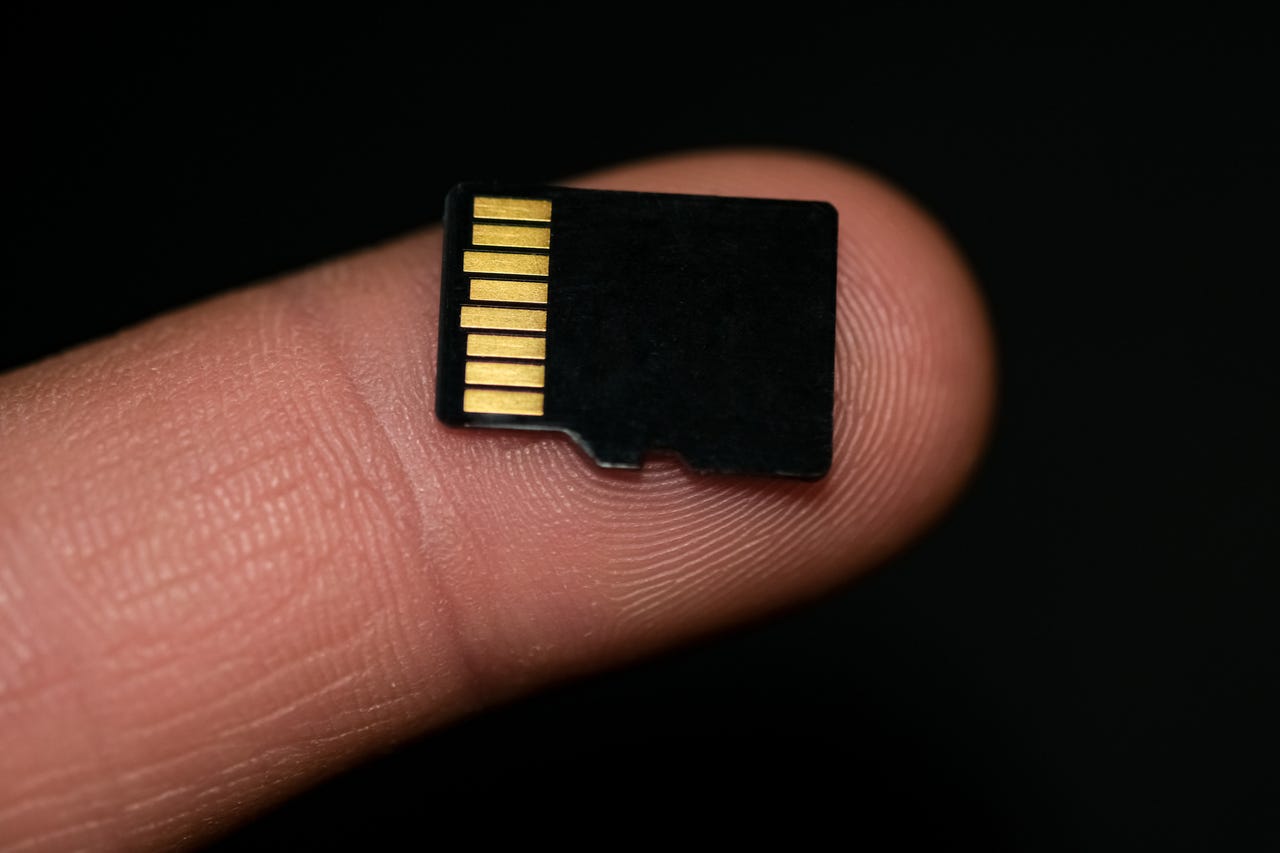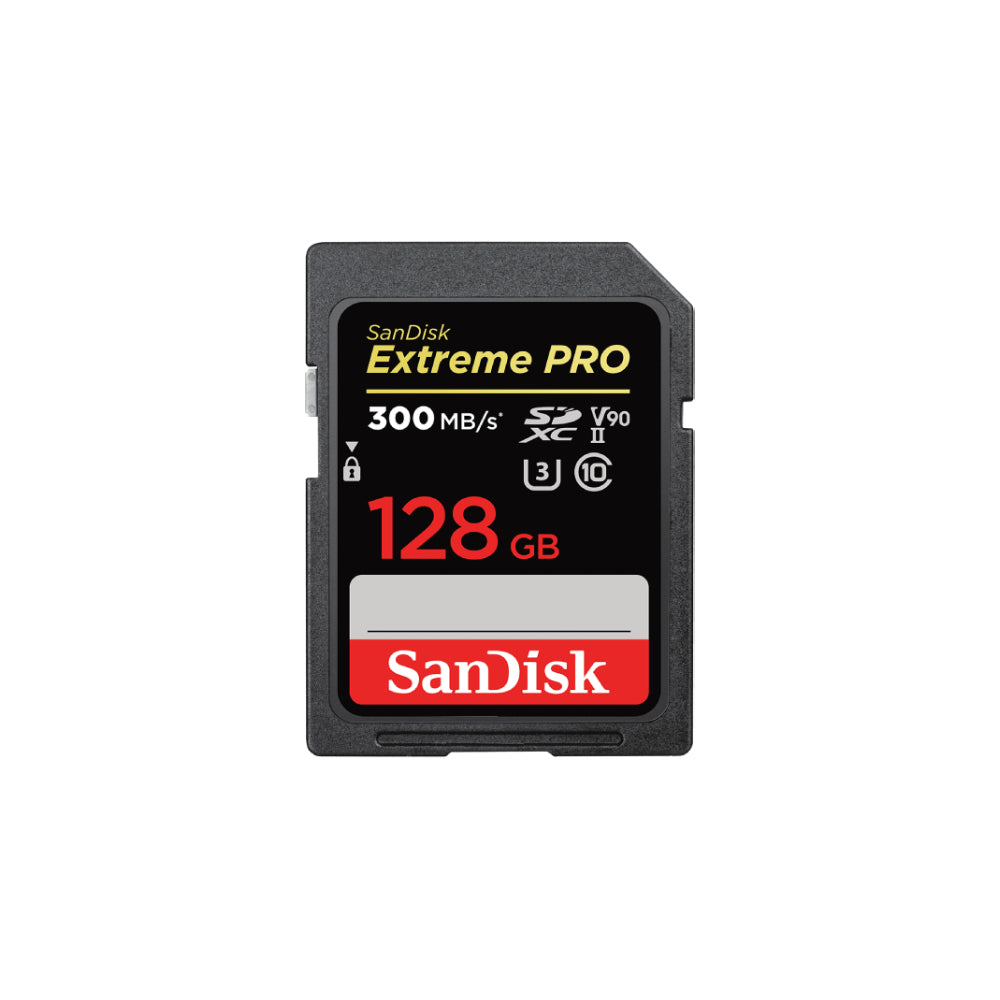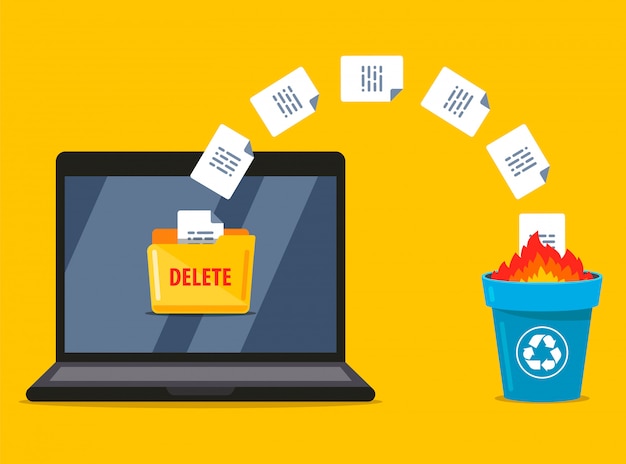
## Introduction to Data Recovery
Data recovery is a process that many of us may not consider until we’re faced with the prospect of losing important files. Whether it’s precious family photos, important business documents, or a term paper that’s due in a few days, the loss of data can be devastating. In this comprehensive guide, I aim to shed some light on the process of data recovery, specifically, how to recover files from a dead laptop.
Data recovery, in its simplest form, involves retrieving inaccessible, lost, corrupted, or formatted data from secondary storage or other forms of media when the data stored in them cannot be accessed in a normal way. This could be due to a variety of factors such as physical damage to the storage device, logical damage to the file system, or even due to the device simply being dead.
As an experienced data recovery specialist, I’ve seen my fair share of dead laptops and the distress they can cause to their owners. But I’m here to tell you that all is not lost. With the right knowledge, tools, and a little patience, there’s a good chance you can recover your files from a dead laptop.
Understanding Why Laptops “Die”
Before we delve into the process of data recovery, it’s important to understand why laptops die. The term “dead laptop” generally refers to a laptop that won’t turn on, regardless of how much you press the power button. This could be due to a myriad of reasons, including a failed power supply, a faulty motherboard, or even a corrupted operating system.
Laptops, like all electronic devices, have a finite lifespan. Constant use, lack of maintenance, and even unforeseen incidents like spills or drops can lead to hardware failure. In some cases, software issues such as viruses or system corruption can also render a laptop inoperable.
Regardless of the cause, when a laptop dies, the data stored on its hard drive is not immediately lost. Unless the hard drive itself has been physically damaged, there’s a good chance the files are still intact and recoverable.
The Importance of Data Recovery from a Dead Laptop
In today’s digital age, we store an immense amount of data on our laptops. From personal photos and music libraries to work documents and financial records, our laptops hold a treasure trove of important files. When a laptop dies, the potential loss of this data can be more distressing than the loss of the device itself.
Data recovery from a dead laptop is not just about retrieving lost files; it’s about preserving memories, safeguarding important information, and ensuring business continuity. For businesses, in particular, the loss of data can result in significant financial losses and potential legal issues.
In many cases, the data stored on a laptop is irreplaceable. Photos of special moments, important work documents, and personal projects represent hours of effort and precious memories. Data recovery allows us to retrieve these files and protect what’s important to us.
Common Scenarios for Data Loss in a Dead Laptop
Data loss in a dead laptop can arise from a variety of scenarios. One of the most common is a physical failure, where the laptop has suffered some form of physical damage. This could be a result of a fall, a spill, or even a power surge.
Another common scenario involves software corruption. This can occur when the operating system becomes corrupted due to a virus or malware, or if critical system files are accidentally deleted. In these cases, the laptop may fail to boot up, rendering it effectively dead.
Lastly, there’s the scenario of hardware failure. This can involve the failure of any number of critical components, such as the laptop’s hard drive, motherboard, or power supply. When these components fail, the laptop is unable to function, leading to potential data loss.
Steps to Recover Files from a Dead Laptop
Recovering files from a dead laptop can seem daunting, but with the right steps, it can be done. Remember, the goal is to access the hard drive where your files are stored. If the laptop won’t turn on, it doesn’t necessarily mean the hard drive is damaged.
First, you’ll need to remove the hard drive from the dead laptop. This process varies depending on the model, so consult the manufacturer’s guide or seek professional help if necessary. Once the hard drive is removed, you can connect it to a working computer using a hard drive enclosure or adapter.
Next, once the hard drive is connected to a working computer, you should be able to access your files. If your files are not immediately accessible, this could indicate a more serious issue, such as logical damage or file system corruption.
Tools and Software for Recovering Files from a Dead Laptop
When it comes to data recovery, having the right tools can make all the difference. There are numerous software applications available that can assist with data recovery, but my personal recommendation is RecoveryMaster.
RecoveryMaster is a powerful data recovery software that supports both Windows and Mac systems. It’s designed to recover lost or deleted photos, videos, and over a thousand different file types from various devices, including hard drives, USB drives, SD cards, and even crashed computers.
What sets RecoveryMaster apart is its user-friendly interface and robust recovery capabilities. It offers a quick scan and deep scan to thoroughly search your hard drive for lost files. Once the scan is complete, you can preview the files before recovery, ensuring you retrieve exactly what you need.
Professional Services for Data Recovery
While data recovery software like RecoveryMaster can handle many data loss scenarios, there are instances where professional data recovery services may be necessary. This includes situations where the hard drive is physically damaged or when the data loss is due to complex issues like advanced file corruption.
Professional data recovery services have the expertise and specialized equipment to handle these complex cases. They operate within cleanroom environments to prevent further damage to the hard drive and use advanced techniques to recover data.
However, these services can be costly, and there’s no guarantee of successful data recovery. That’s why it’s important to take preventative measures to protect your data before disaster strikes.
Preventing Data Loss: Backup and Recovery Plans
The best defense against data loss is a good offense, in the form of a comprehensive backup and recovery plan. Regularly backing up your data ensures that you have a recent copy of your files should disaster strike.
There are numerous methods for backing up data, including external hard drives, cloud storage services, and even dedicated backup software. The key is to choose a method that suits your needs and to stick with it.
In addition to regular backups, a recovery plan is also essential. This involves knowing what steps to take in the event of data loss, including which data recovery software or services to use. Having a plan in place can save valuable time and reduce the stress associated with data loss.
Case Study: Successful Data Recovery from a Dead Laptop
To illustrate the effectiveness of data recovery, let’s look at a case study. One of my clients had a laptop that suddenly wouldn’t turn on. Despite numerous attempts, the laptop was unresponsive. The client was distressed as the laptop contained years of personal photos and important work documents.
Using RecoveryMaster, I was able to recover all the client’s photos and documents from the laptop’s hard drive. The process was straightforward and efficient, and the client was overjoyed to have their precious files back. This case demonstrates the power of data recovery software and the importance of having a reliable tool like RecoveryMaster at your disposal.
Conclusion: The Future of Data Recovery Technology
As technology continues to evolve, so too does the field of data recovery. Advances in data recovery technology are making it easier than ever to recover lost files from a dead laptop.
However, while technology can aid in data recovery, it’s equally important to take proactive measures to protect your data. Regular backups, a sound recovery plan, and quality data recovery software like RecoveryMaster are all integral parts of any data protection strategy.
Remember, a dead laptop doesn’t have to mean lost files. With the right knowledge and tools, you can revive your data and safeguard your digital life.
So why not give RecoveryMaster a try? It’s the best data recovery software for Windows and Mac, capable of recovering a vast array of file types from various devices. Don’t let a dead laptop take your files with it. Revive your data with RecoveryMaster.




Leave a Reply